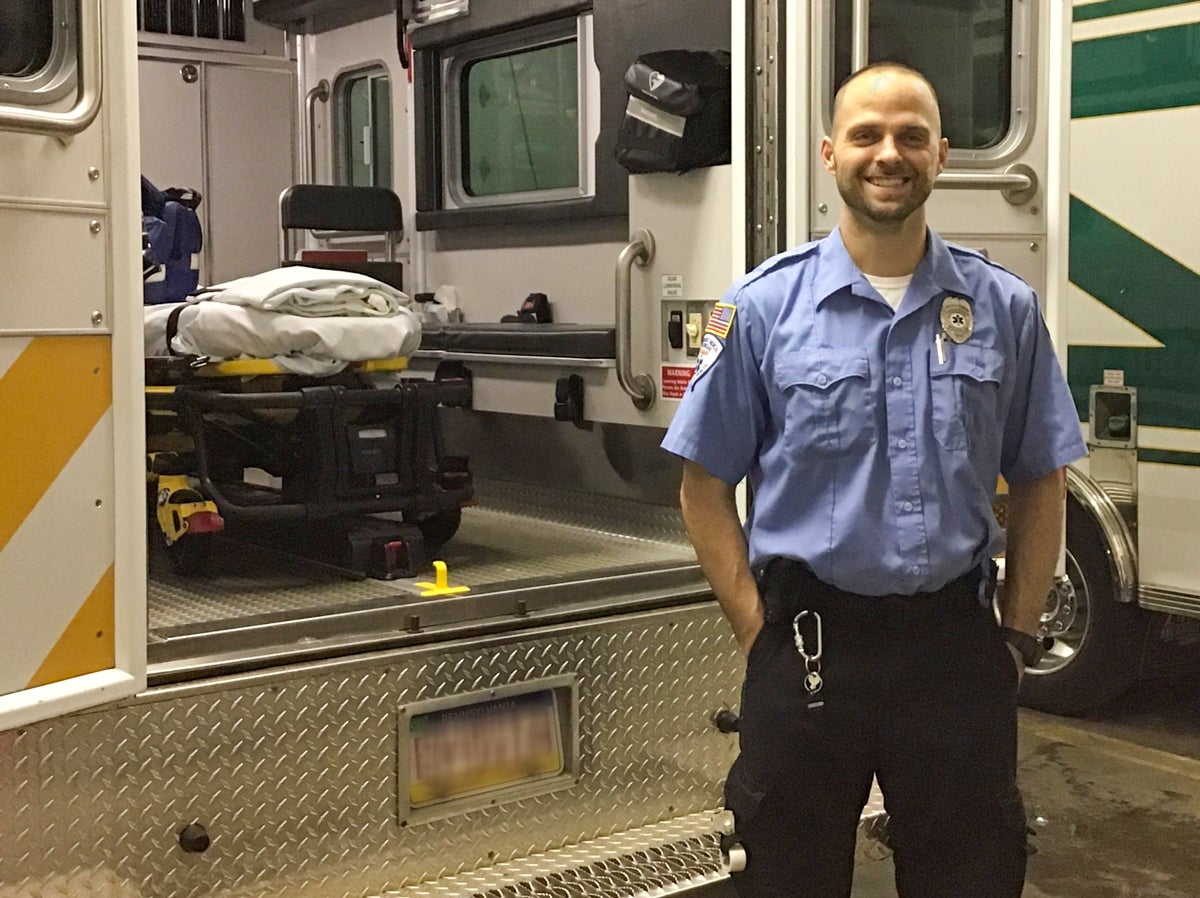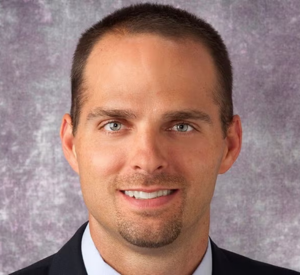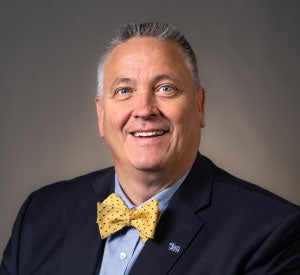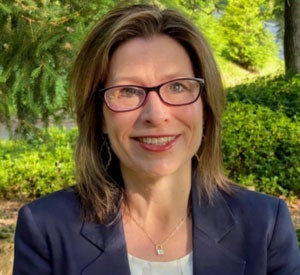Researchers at the University of Pittsburgh School of Health and Rehabilitation Sciences (SHRS) and School of Medicine (SOM) are collaborating to improve the health of night-shift workers, including paramedics, firefighters, nurses and other health care workers.
The interdisciplinary team led by Daniel Patterson, James O. Page Professor of Emergency Healthcare Worker Safety and associate professor of emergency medicine, SOM, and adjunct professor in the SHRS Emergency Medicine program, and Daniel Buysse, Distinguished Professor of Psychiatry and UPMC Professor of Sleep Medicine, SOM, and professor of clinical and translational science, seek to identify the optimal amount of time that workers should nap during a night shift, which could decrease their chances of cardiovascular disease and improve safety for patients.
The five-year grant, “Effects of Operational Naps on Blood Pressure and Performance Among Night Shift Workers,” is funded through the NIH National Heart, Lung and Blood Institute, with a total award amount of $3,224,171.
Coinvestigators include Thomas E. Platt, professor of emergency medicine and chair of the SHRS Department of Community Health Services and Rehabilitation Science, SHRS; Charity Patterson, professor of physical therapy, SHRS, and director of the SHRS Data Center; Steven E. Reis, Distinguished Service Professor of Medicine, SOM; Rickquel Tripp, associate professor of emergency medicine, SOM; David Hostler, professor and chair of exercise and nutrition sciences, University at Buffalo; and Cassie Hilditch, senior research associate at the Fatigue Countermeasures Lab at NASA Ames Research Center, San José State University Research Foundation.
Learn more about this team’s research from Daniel Patterson, in his own words.
What is the ultimate goal of your research?
Paramedics, firefighters, nurses and other health care workers often work night shifts and long duration shifts. Night shift work is associated with a greater risk of cardiovascular disease. One possible reason is because night shift workers don’t get adequate sleep and their sleep is often irregular. This type of sleep pattern causes their blood pressure to be irregular or abnormal. Our previous research shows that short naps (considered under 60 minutes) can help to briefly restore normal blood pressure. We aim to test the impact of different duration naps taken during night shift work, while accounting for caffeine consumption, to determine which nap duration is associated with improvement in blood pressure patterns.
At the same time, we know that napping too long can create a safety problem because people can wake up feeling groggy. That grogginess (also known as sleep inertia) can impact their performance when they need to be at their best and take care of critically ill patients. So, we are not only interested in improving cardiovascular health of night shift workers, but we are also concerned about safety.
Why is this research so important to the public?
Nearly one-fifth of all adult workers in the United States are shift workers and many work night shifts. Most night shift workers consume caffeine to deal with sleepiness and fatigue. A consequence of their night shift work is greater risk of cardiovascular disease than non-shift workers. Shift work and night shifts are not going away. We will always need first responders and health care workers to respond to medical emergencies at all hours, including at night.
If we can identify the optimal short nap duration that simultaneously restores some normality to blood pressure patterns and is safe, employers of shift workers can then update their policies to help workers be healthier and safer without radical changes to shift scheduling.
What kinds of people are on your research team and what will they bring to the study?
Our team includes experts in sleep medicine, fatigue science, cardiology and nutrition. In addition to being an investigator, I am an active paramedic. Coinvestigators Thomas Platt and David Hostler are also paramedics, and Steve Reis is a former volunteer firefighter. These investigators are intimately familiar with night shift work and the challenges that shift workers face with sleep loss and irregular sleep.
Our team includes experts in nutrition because our study will allow participants to consume caffeine, which is often used by shift workers to fight off sleepiness and fatigue during night shift work.
How will students be involved in the research?
We welcome students from all over the University of Pittsburgh who want to help in our lab and get involved in data collection and simply learn more about the research process. Active involvement in a study like this can give students a unique opportunity to learn about experimental studies, different types of data collection tools and how to work on a large, diverse research team. Some students may have the opportunity to help process and analyze data and be a coauthor on a manuscript.
What makes doing this research at Pitt unique?
The City of Pittsburgh and the University of Pittsburgh are known nationally and internationally as the home of emergency medical services. Our University has a rich history of research that involves public safety personnel like paramedics and EMTs. Our University is also internationally known for expertise in sleep medicine.
While other institutions may be able to perform similar studies, none have the combined expertise and experience investigating sleep and safety among public safety shift workers like the University of Pittsburgh.
What excites you the most about this project?
We have a unique opportunity to test a simple, straightforward intervention and identify what is optimal for both night shift workers and employers. The findings from this research will not only impact how employers of public safety personnel address on-duty rest, but it will also impact policies of health care organizations like hospitals who also employ night shift workers and must confront how night shift work impacts their workforce.
Because many on our team are active or former first responders and health care clinicians who have worked many night shifts, we know well the challenges of night shift work. Some organizations have strict policies against short naps on night shifts, due in some part to lack of adequate data on the ideal or optimal duration to avoid or mitigate the threat of sleep inertia.
We expect clinicians to be at their best—whether it is the start of their shift or if they are suddenly awakened in the middle of a night shift. This research will inform and guide us on best practices to keep both the provider and the public safe.
It is not hyperbole to say that data from this study can inform and ultimately change policy.



